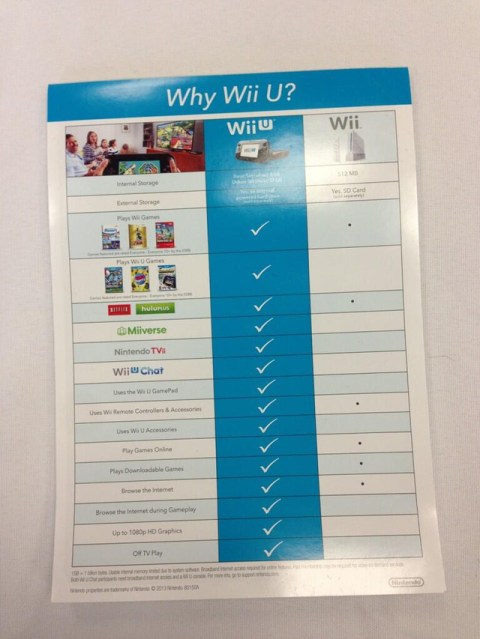Marketing was not at all what I expected. I was expecting a class that would drive me insane with coming up with different creative campaigns to get people to buy your product. I was pleasantly surprised to find this was not the case! I learnt that the creative part of marketing, isn’t actually really done by the marketing department, but the marketing department assesses market conditions and does research into what needs to be fulfilled by different segments of potential products to determine what products to develop and sell. Marketing actually turned out to be the course I enjoyed the most as it is all situation based and you can take it any direction you want and reason it in the way that makes sense to you, and as long as your logic is sound and fits the situation, you can’t really be wrong! Marketing was such a positive experience for me and I feel that it is a field that can be useful no matter where my business degree may take me, that I am going to complete a double option in marketing with my original option of finance.
I also learnt another important lesson from this marketing course: for group projects, as nice as it may be to believe that you can rely on your group members to do their parts, you better know their parts inside and out to ensure that the work gets done. i have never really had a group project turn out like this before where the majority of work is done by one or two members of the group, but it just reinforced that knowing every detail about everyone’s part is best because if something comes up and a group member cannot complete their part as they had originally hoped, you can easily complete it for them without tearing your hair out figuring out what they were trying to say!

 people in the room and still play their games. But this is not the most shocking part. This campaign should raise a few eyebrows!!
people in the room and still play their games. But this is not the most shocking part. This campaign should raise a few eyebrows!!
